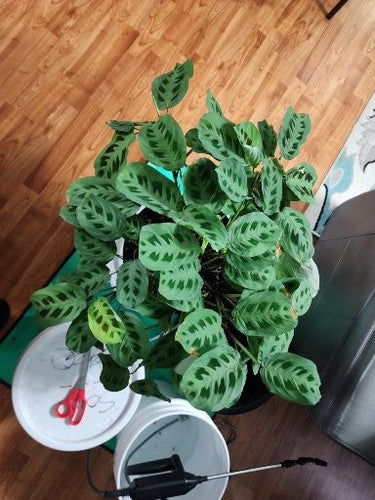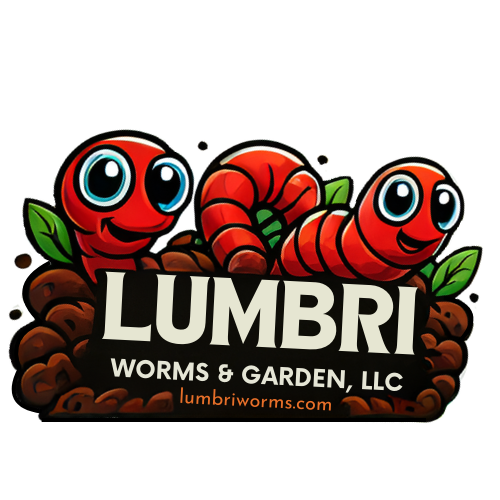
Unlock the Power of Living Soil for a Thriving Garden - Lumbri Worms & Garden, LLC
Share
Unlocking the Power of Living Soil for a Thriving Garden
When we think about what plants need to grow, the usual suspects come to mind: sunlight, water, and maybe a bit of fertilizer. But did you know that most soils are missing one key element—something absolutely critical for plants to thrive? This often-overlooked component is living soil, a vibrant ecosystem teeming with life that works tirelessly beneath the surface to create the perfect growing environment.
Let’s dive into why living soil is essential, how to identify it, and simple ways to boost your garden’s health using techniques like composting, mulching, and worm farming.
What Is Living Soil?
Living soil is more than just dirt; it’s a dynamic ecosystem filled with microorganisms, fungi, worms, and other beneficial creatures. These tiny workers break down organic matter, recycle nutrients, and improve soil structure, making it easier for plants to grow strong and healthy.
Healthy, living soil offers several benefits:
- Nutrient Cycling: Microbes break down organic material into nutrients that plants can easily absorb.
- Disease Protection: A diverse microbial population can outcompete harmful pathogens.
- Improved Water Retention: Organic matter in living soil holds moisture longer, reducing the need for frequent watering.
- Enhanced Root Development: Aerated, well-structured soil allows roots to expand freely.
How to Recognize Living Soil
So how can you tell if your soil is alive? Here are a few signs:
1. Earthworm Activity: Healthy soil is a paradise for worms. Look for them when you dig—they’re a sign of rich, living soil.
2. Dark, Crumbly Texture: Living soil is often darker due to high organic matter content and feels crumbly to the touch.
3. Rich, Earthy Smell: Healthy soil has a pleasant, earthy aroma, not a sour or foul odor.
4. Visible Decomposition: If you can see organic material breaking down, your soil’s microbial population is hard at work.
Testing Microbial Activity
To gauge the health of your soil, try these simple tests:
- Soil Respiration Test: Place a handful of soil in a jar with a small container of baking soda and vinegar. Seal the jar, and if you see bubbles forming, it’s a sign of microbial activity.
- DIY Earthworm Count: Dig a 12-inch hole and count the worms. Finding more than 10 worms is a good indicator of healthy soil.
Boosting Your Garden’s Soil Health
If your soil isn’t as lively as you’d like, don’t worry! Here are some practical tips to improve it:
1. Add Compost: Compost provides an instant microbial boost and increases organic matter in the soil.
2. Use Mulch: A layer of mulch retains moisture, moderates soil temperature, and breaks down into organic material over time.
3. Incorporate Worm Castings: Worm castings, also known as vermicompost, are rich in nutrients and beneficial microbes. They’re like a superfood for your plants!
4. Start a Worm Bin: Worm farming is a sustainable way to recycle kitchen scraps into nutrient-packed castings. Plus, worms aerate the soil as they burrow, improving its structure.
Explore More with Lumbri Worms & Garden, LLC Ready to take your garden to the next level? At Lumbri Worms & Garden, LLC, we specialize in worm farming and nutrient-rich worm castings that help gardens flourish. Contact us today to learn how we can help you unlock the power of living soil!
